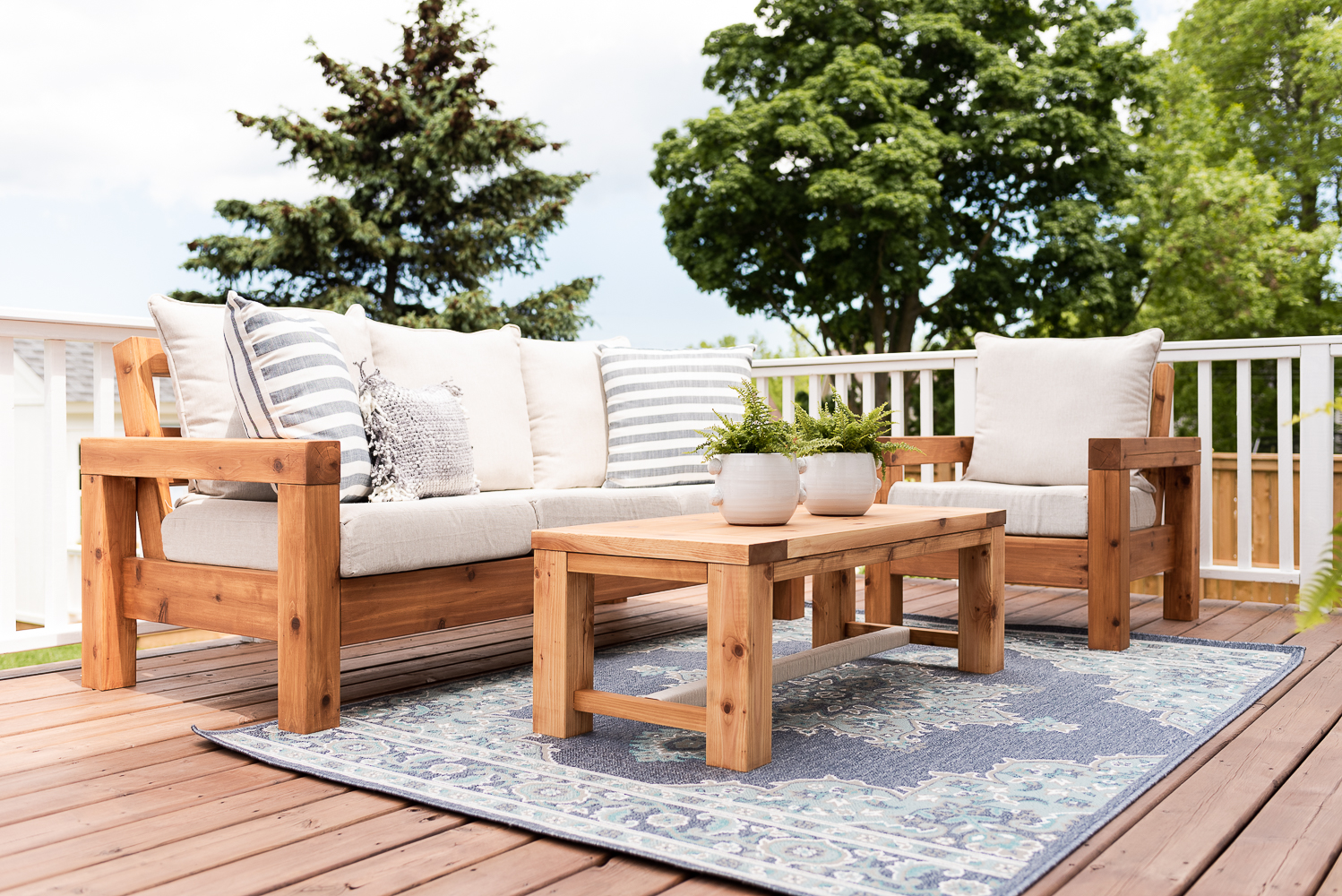

Articles
How To Build Outdoor Furniture
Modified: October 20, 2024
Learn how to build beautiful and functional outdoor furniture with our step-by-step guide. Transform your outdoor space with DIY furniture projects that are perfect for any backyard.
(Many of the links in this article redirect to a specific reviewed product. Your purchase of these products through affiliate links helps to generate commission for Storables.com, at no extra cost. Learn more)
Introduction
Welcome to the world of outdoor furniture! Whether you have a spacious backyard, a cozy balcony, or a charming patio, outdoor furniture can transform your outdoor space into a delightful oasis. From relaxing on a comfortable lounge chair to hosting gatherings around a stylish dining set, outdoor furniture provides both functionality and aesthetic appeal.
But before you start shopping for outdoor furniture, it’s important to understand the various materials, styles, and designs available. With the right knowledge, you can choose furniture that not only suits your personal taste but also withstands the elements and stands the test of time.
In this comprehensive guide, we will explore the different aspects of building outdoor furniture. From selecting the right materials to planning and designing your furniture, we will take you through each step, ensuring you have all the information you need to make informed decisions and create the perfect outdoor oasis.
So, grab a cup of coffee, sit back, and let’s dive into the wonderful world of outdoor furniture!
Key Takeaways:
- Choosing the right materials, thoughtful planning, and adding comfort elements are crucial for creating durable, stylish, and functional outdoor furniture that enhances your outdoor living experience.
- Proper finishing, regular maintenance, and care are essential for preserving the beauty and longevity of your outdoor furniture, ensuring it continues to bring joy and relaxation for years to come.
Read more: How To Build Outdoor Wicker Furniture
Choosing the Right Outdoor Furniture Materials
When it comes to outdoor furniture, selecting the right materials is essential for durability and longevity. Outdoor furniture is exposed to various weather conditions like heat, rain, and UV rays, so choosing materials that can withstand these elements is key. Here are some popular outdoor furniture materials:
- Teak: Known for its exceptional durability and natural resistance to the elements, teak is a popular choice for outdoor furniture. It has a high oil content that helps protect it from moisture and insects. Teak furniture requires minimal maintenance and develops a beautiful silver-gray patina over time.
- Aluminum: Lightweight and rust-resistant, aluminum is another excellent choice for outdoor furniture. It is highly durable and can withstand harsh weather conditions. Additionally, aluminum furniture is easy to clean and maintain, making it a popular option for outdoor living spaces.
- Wicker: Wicker furniture adds a touch of elegance and charm to any outdoor setting. Made from woven synthetic fibers or natural materials like rattan or bamboo, wicker furniture is lightweight, sturdy, and weather-resistant. It is important to choose high-quality synthetic wicker that can withstand prolonged exposure to sunlight and moisture.
- Steel: Steel furniture is known for its strength and durability. It is a popular choice for modern and industrial-style outdoor spaces. To prevent rust and corrosion, ensure that the steel furniture has a protective coating or is made from stainless steel.
- Plastic: Plastic furniture is lightweight, affordable, and easy to maintain. It is available in a wide range of colors and styles, making it a versatile option for outdoor spaces. Look for UV-stabilized plastic furniture, as it is more resistant to fading and cracking caused by sun exposure.
- Wood: Wood furniture adds a classic and timeless appeal to outdoor spaces. Popular choices include cedar, redwood, and pine. While wood furniture requires regular maintenance like sealing and staining to protect it from the elements, it offers a natural and warm aesthetic.
When choosing outdoor furniture materials, consider your climate, intended use, and personal preferences. Additionally, look for furniture that is labeled as “weather-resistant” or “outdoor-grade” to ensure its durability and longevity in outdoor environments.
Planning and Designing Your Outdoor Furniture
Before you start building your outdoor furniture, it’s important to plan and design it to suit your outdoor space and personal preferences. Here are some key factors to consider:
- Measure your outdoor space: Start by measuring the available space where you plan to place your furniture. Consider the dimensions of your patio, balcony, or backyard to ensure that your furniture fits properly and allows for comfortable movement around it.
- Assess your needs and preferences: Determine how you will be using your outdoor furniture. Do you need a dining set for hosting family and friends? Or are you looking for a cozy seating area for relaxation? Consider the number of people you want to accommodate, the activities you plan to do, and the overall style you want to achieve.
- Consider the layout and flow: Think about how your outdoor furniture will be arranged in the space. Consider factors such as the flow of foot traffic, proximity to other outdoor features like a pool or grill, and the orientation for optimal sunlight or shade.
- Choose a style: Determine the style or theme that you want to incorporate into your outdoor space. Whether it’s modern, rustic, coastal, or eclectic, choose outdoor furniture that complements your desired aesthetic. Consider factors like the materials, colors, and patterns that align with your style.
- Add functionality: Think about the additional features you might want to incorporate into your outdoor furniture. This could include storage compartments, built-in lighting, or adjustable components to enhance the functionality and versatility of your furniture.
Once you have a clear vision of what you want, it’s time to design your outdoor furniture. Start by sketching out your ideas and creating a plan. Consider the dimensions, materials, and construction techniques needed for each piece of furniture. If you’re not confident in your design skills, you can also find pre-made plans and designs online or in DIY magazines.
Remember to keep the scale and proportion in mind when designing your outdoor furniture. Balance larger pieces with smaller ones, and ensure that the furniture doesn’t overwhelm the space or feel cramped.
By taking the time to plan and design your outdoor furniture, you can create a cohesive and functional outdoor space that meets your needs and reflects your personal style.
Building Basic Outdoor Furniture Structures
Once you have planned and designed your outdoor furniture, it’s time to start building! Here are some basic structures that you can build to create the foundation of your outdoor furniture:
- Outdoor Dining Table: A dining table is a must-have for outdoor entertaining. Start by building a sturdy frame using treated lumber or metal. Add a tabletop made of wood, glass, or a durable outdoor material. Ensure that the table is level and stable, and consider adding umbrella holes for shade.
- Outdoor Seating: Whether it’s a lounge chair, bench, or sofa, outdoor seating provides a comfortable space to relax and enjoy your outdoor oasis. Build a sturdy frame using wood, metal, or a combination of both. Add cushions or outdoor upholstery for comfort and style. Make sure to use weather-resistant materials and consider adding storage space underneath the seating for convenience.
- Outdoor Bar Cart: A bar cart is a great addition to your outdoor space for entertaining. Build a cart-like structure with shelves to hold drinks, glasses, and other bar essentials. Add wheels for mobility and consider adding hooks or racks to hang utensils or towels. Use weather-resistant materials and consider sealing the wood or using rust-resistant metal for durability.
- Outdoor Side Table: A side table is a handy addition to provide a surface for drinks, snacks, or decorative items. Build a small table with a sturdy frame and consider using a weather-resistant material like treated wood or metal. Add a tabletop made of stone, glass, or a durable outdoor material.
When building these structures, it’s important to use the right tools and techniques. Measure and cut your materials accurately, ensuring that all angles and joints are secure. Use weather-resistant screws, bolts, or nails to assemble the pieces. Consider using a waterproofing sealant or weather-resistant paint to protect the wood from moisture and UV damage.
If you’re new to woodworking or DIY projects, you can find detailed plans and step-by-step instructions online or in books specifically catered to outdoor furniture building. These resources will guide you through the process, providing valuable tips and techniques to ensure a successful project.
Remember, safety should always be a priority when working with tools and materials. Wear protective gear, follow safety guidelines, and work in a well-ventilated area. If you’re uncertain about any aspect of the building process, seek guidance from a professional or experienced builder.
Building your own outdoor furniture structures can be a rewarding and fulfilling experience. It allows you to customize your furniture to suit your specific needs and creates a sense of pride in creating something with your own hands.
When building outdoor furniture, be sure to use materials that are weather-resistant, such as cedar or teak, and consider adding a protective sealant to prolong the life of the furniture.
Adding Comfort and Functionality to Your Outdoor Furniture
While the basic structures of your outdoor furniture provide a solid foundation, adding comfort and functionality is essential to create an inviting and enjoyable outdoor space. Here are some ideas to enhance the comfort and functionality of your outdoor furniture:
- Cushions and Pillows: Adding cushions and pillows to your outdoor seating can instantly make it more comfortable and cozy. Look for cushions and pillows specifically designed for outdoor use, as they are made with weather-resistant fabrics that can withstand the elements. Choose colors and patterns that coordinate with your outdoor aesthetic, and opt for removable cushion covers for easy cleaning.
- Umbrellas and Shade Structures: To provide relief from the sun’s rays, consider adding umbrellas or shade structures to your outdoor furniture setup. Umbrellas can be placed in the center of a dining table or freestanding beside a lounge area. Shade structures like pergolas or retractable canopies can also be installed to provide a more permanent and stylish shade solution.
- Storage Solutions: To maximize functionality and keep your outdoor space organized, integrate storage solutions into your furniture design. Built-in storage benches or ottomans can provide a place to store cushions, gardening tools, or outdoor games. Consider adding hooks, shelves, or compartments to hold small items like keys, sunscreen, or candles.
- Lighting: Illuminate your outdoor space for cozy evenings and extended hours of use. Incorporate lighting options such as string lights, lanterns, or solar-powered pathway lights. Lighting not only adds ambiance but also improves the safety and functionality of your outdoor furniture area.
- Accessorize: Just like indoor spaces, outdoor furniture can benefit from accessories. Consider adding outdoor rugs, decorative planters, and weather-resistant art or sculptures to enhance the visual appeal and personal touch of your outdoor space.
- Movable Furniture: Flexibility is key for outdoor furniture. Consider incorporating movable furniture pieces like lightweight chairs or wheeled carts. This allows you to rearrange the furniture based on different activities or to accommodate larger gatherings.
By adding these comfort and functionality elements to your outdoor furniture, you can create an inviting and versatile space that suits your needs and enhances your outdoor living experience.
Remember to consider the specific needs of your outdoor space and the activities you plan to engage in. Think about the climate you live in, the size of your outdoor area, and the overall style you want to achieve. With a thoughtful approach, you can transform your outdoor furniture into a comfortable and functional oasis.
Read more: How To Build Outdoor Teak Furniture
Finishing and Sealing Your Outdoor Furniture
After building your outdoor furniture, it’s important to apply the right finishing touches and sealants to protect your pieces from the elements and ensure their longevity. Here are some key steps to consider when finishing and sealing your outdoor furniture:
- Sanding: Before applying any finish, make sure to sand your furniture to create a smooth surface. Use a medium-grit sandpaper to remove any rough edges or imperfections. Sanding also helps to open up the wood’s pores, allowing the finish to penetrate better.
- Choose a Suitable Finish: The type of finish you choose will depend on the material of your outdoor furniture. For wood furniture, you can apply various types of finishes such as sealers, varnishes, or oils. Sealers help protect the wood from the elements, varnishes offer a more durable and protective coating, and oils enhance the natural beauty of the wood while providing some protection. For metal furniture, consider using a rust-resistant paint or protective coating.
- Follow Application Instructions: Read and follow the manufacturer’s instructions carefully when applying the chosen finish. This includes proper preparation, application techniques, and drying times. Applying multiple thin coats is often better than one thick coat, as it allows for better absorption and coverage.
- Apply UV Protection: Outdoor furniture is constantly exposed to sunlight, which can fade and damage the materials over time. To protect your furniture from sun damage, choose a finish that offers UV protection. UV-protective finishes help prevent fading and maintain the color and integrity of your furniture.
- Seal the Joints and Gaps: Ensure that all joints, gaps, and exposed wood surfaces are properly sealed to prevent moisture penetration. Use an outdoor wood adhesive or sealant to seal any cracks or gaps in the wood. This step will help prevent water damage and extend the lifespan of your furniture.
- Regular Maintenance: Even with proper finishing and sealing, outdoor furniture requires regular maintenance. Perform routine inspections and touch-ups as needed. Clean your furniture regularly and avoid leaving it exposed to extreme weather conditions for extended periods. Consider covering or storing your furniture during harsh weather or the off-season to minimize damage and wear.
Properly finishing and sealing your outdoor furniture not only protects it from the elements but also enhances its appearance and extends its lifespan. It’s worth investing the time and effort to apply the appropriate finishes and sealants, as this will ensure that your furniture remains beautiful and functional for years to come.
Maintenance and Care for Outdoor Furniture
Regular maintenance and proper care are essential for keeping your outdoor furniture in top condition. By following a few simple steps, you can extend the lifespan of your furniture and ensure it continues to look great for years to come. Here are some tips for maintaining and caring for your outdoor furniture:
- Regular Cleaning: Dirt, dust, pollen, and other debris can accumulate on your outdoor furniture. Regularly clean your furniture by wiping it down with a damp cloth or using a gentle detergent and water. For stubborn stains or mildew, use a mixture of water and mild soap, and scrub gently with a soft brush or sponge. Rinse thoroughly and allow the furniture to dry completely before use.
- Protective Covers: Consider investing in waterproof and UV-resistant furniture covers to protect your outdoor furniture when it’s not in use. Covers provide an extra layer of protection against the elements, keeping your furniture clean and minimizing exposure to UV rays, moisture, and dirt.
- Avoid Harsh Chemicals: When cleaning your outdoor furniture, avoid using harsh chemicals, as they can damage the materials and finishes. Stick to mild, non-abrasive cleaners and test them on a small, inconspicuous area before applying them to the entire piece. Additionally, avoid using abrasive scrub brushes or scouring pads that could scratch or damage the furniture’s surfaces.
- Inspect and Tighten: Regularly inspect your outdoor furniture to check for any loose screws, bolts, or fittings. Tighten them as needed to maintain the stability and structural integrity of your furniture. Replace any damaged or worn-out parts promptly to prevent further damage.
- Protect from Extreme Weather: If possible, try to protect your outdoor furniture from extreme weather conditions. Exposure to excessive heat, direct sunlight, heavy rain, or snow can cause damage over time. Move furniture to a covered area during severe weather or consider using umbrellas, shades, or awnings to provide protection.
- Wood Maintenance: If your outdoor furniture is made of wood, it may require additional maintenance. Apply a fresh coat of sealant or preservative regularly to protect the wood from moisture, UV rays, and insect damage. Consider sanding and refinishing the wood when signs of wear and discoloration appear.
- Store During Off-Season: If you live in an area with harsh winters or inclement weather, consider storing your outdoor furniture during the off-season. Clean it thoroughly beforehand, let it dry completely, and store it in a cool, dry place. If storage space is limited, invest in foldable or stackable furniture that can be easily stored.
Following these maintenance and care tips will help keep your outdoor furniture looking its best and ensure its longevity. By taking a proactive approach and dedicating a little time and effort to proper care, you can enjoy your outdoor furniture for many seasons to come.
Conclusion
Building and caring for outdoor furniture is both a creative and rewarding endeavor. By choosing the right materials, planning and designing thoughtfully, building sturdy structures, and adding comfort and functionality, you can create a beautiful and inviting outdoor space.
Remember to choose materials that are durable and weather-resistant, such as teak, aluminum, wicker, steel, plastic, or wood. Consider the specific needs of your space and your personal style to ensure the furniture complements your outdoor area perfectly.
Take the time to plan and design your outdoor furniture, considering the layout, flow, and functionality you desire. Sketch out your ideas or use pre-made plans to guide your construction process. Don’t forget to prioritize safety and use proper tools and techniques when building.
Enhance the comfort and functionality of your outdoor furniture by adding cushions, umbrellas, storage solutions, lighting, and accessories. These elements will make your outdoor space more enjoyable and versatile.
Finishing and sealing your outdoor furniture is crucial to protect it from the elements. Sand the surfaces, choose suitable finishes, and follow the manufacturer’s instructions for application. Ensure that joints and gaps are properly sealed, and consider applying UV protection to prevent sun damage.
Maintaining and caring for your outdoor furniture is essential for its longevity. Keep your furniture clean, use protective covers, inspect and tighten fittings, protect it from extreme weather, and store it properly during the off-season. Follow specific maintenance guidelines for wood furniture to preserve its natural beauty.
With regular maintenance and proper care, your outdoor furniture will continue to bring joy and relaxation to your outdoor living space for many years to come.
So, go ahead and dive into the world of outdoor furniture, unleash your creativity, and create an outdoor sanctuary that reflects your personal style and provides countless enjoyable moments in the great outdoors.
Excited about crafting your own outdoor oasis? Dive deeper with our collection of DIY outdoor furniture projects, where creativity meets practicality. Whether you're a seasoned woodworker or just starting, there's something for everyone. For those ready to expand their skills further, our woodworking projects guide offers the latest trends and techniques for 2024. Get your tools ready and let's turn those ideas into reality!
Frequently Asked Questions about How To Build Outdoor Furniture
Was this page helpful?
At Storables.com, we guarantee accurate and reliable information. Our content, validated by Expert Board Contributors, is crafted following stringent Editorial Policies. We're committed to providing you with well-researched, expert-backed insights for all your informational needs.
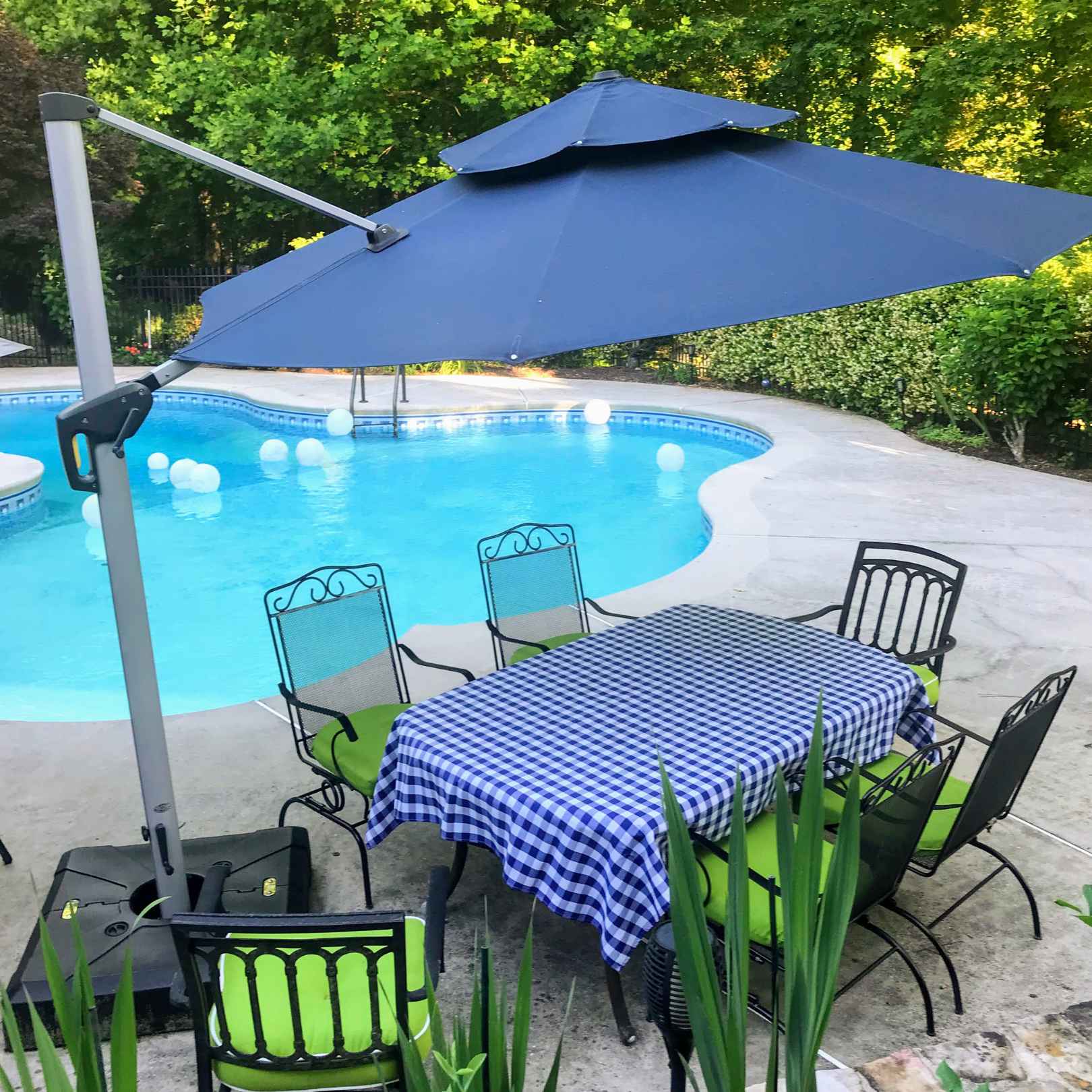
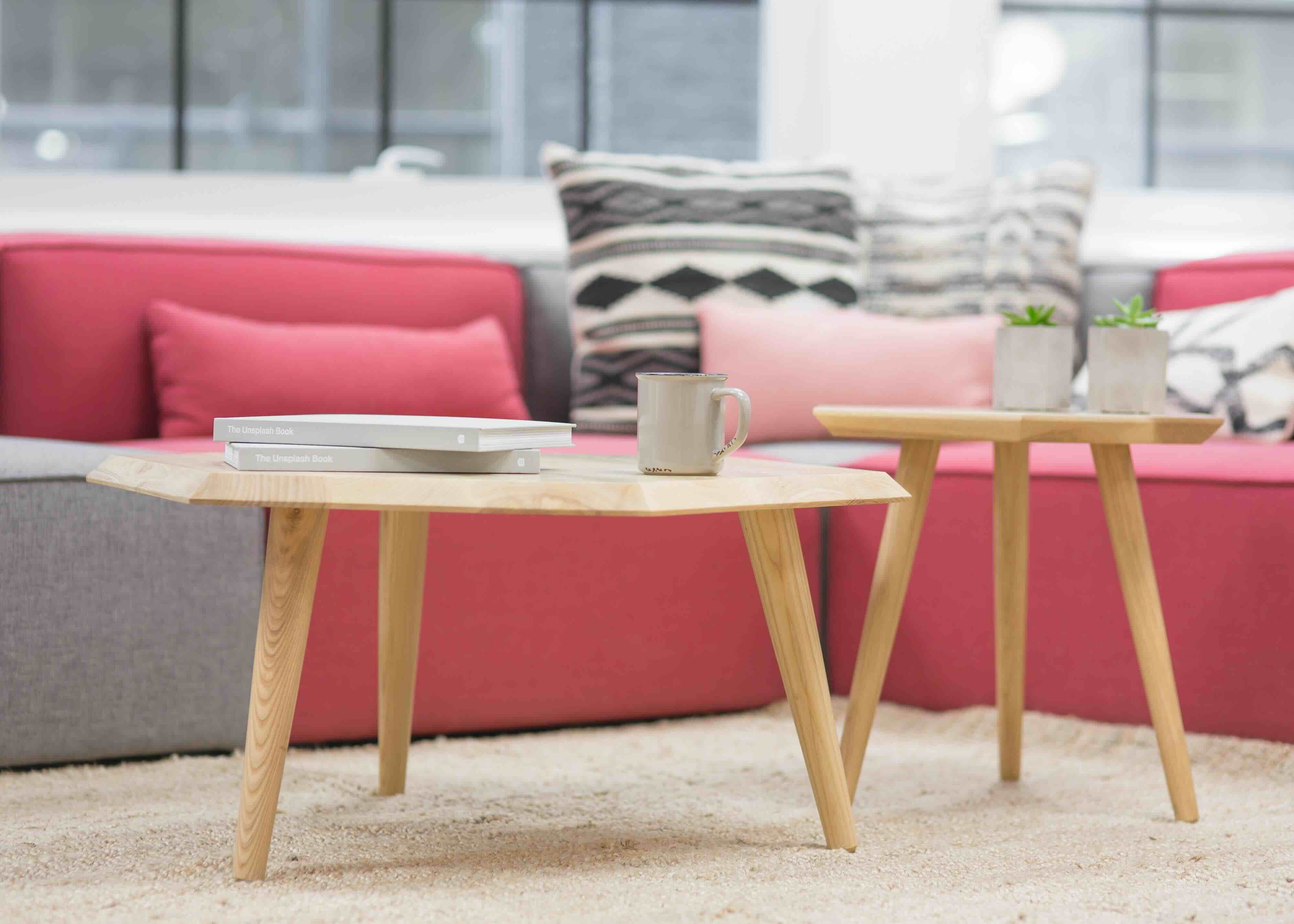
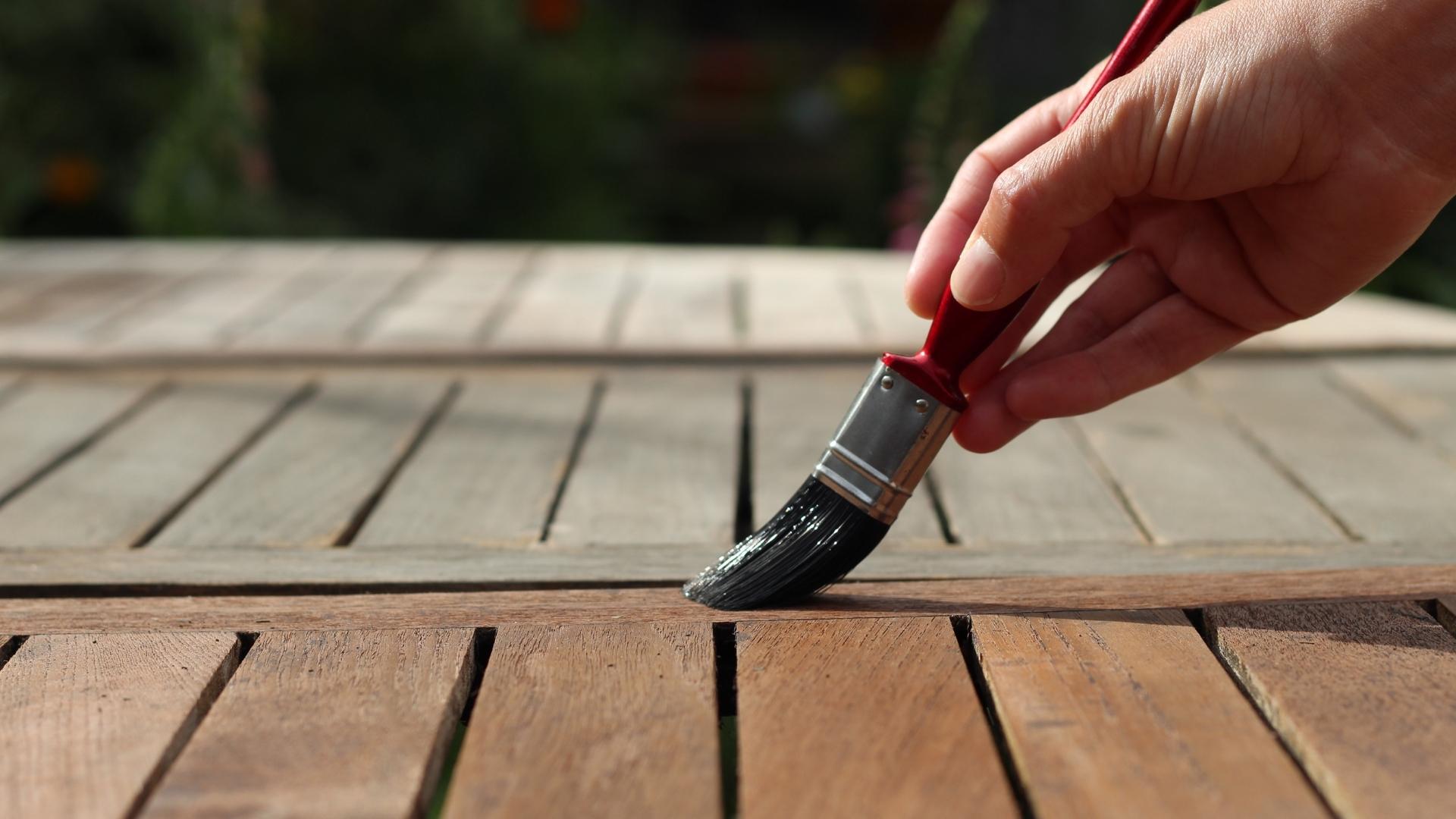

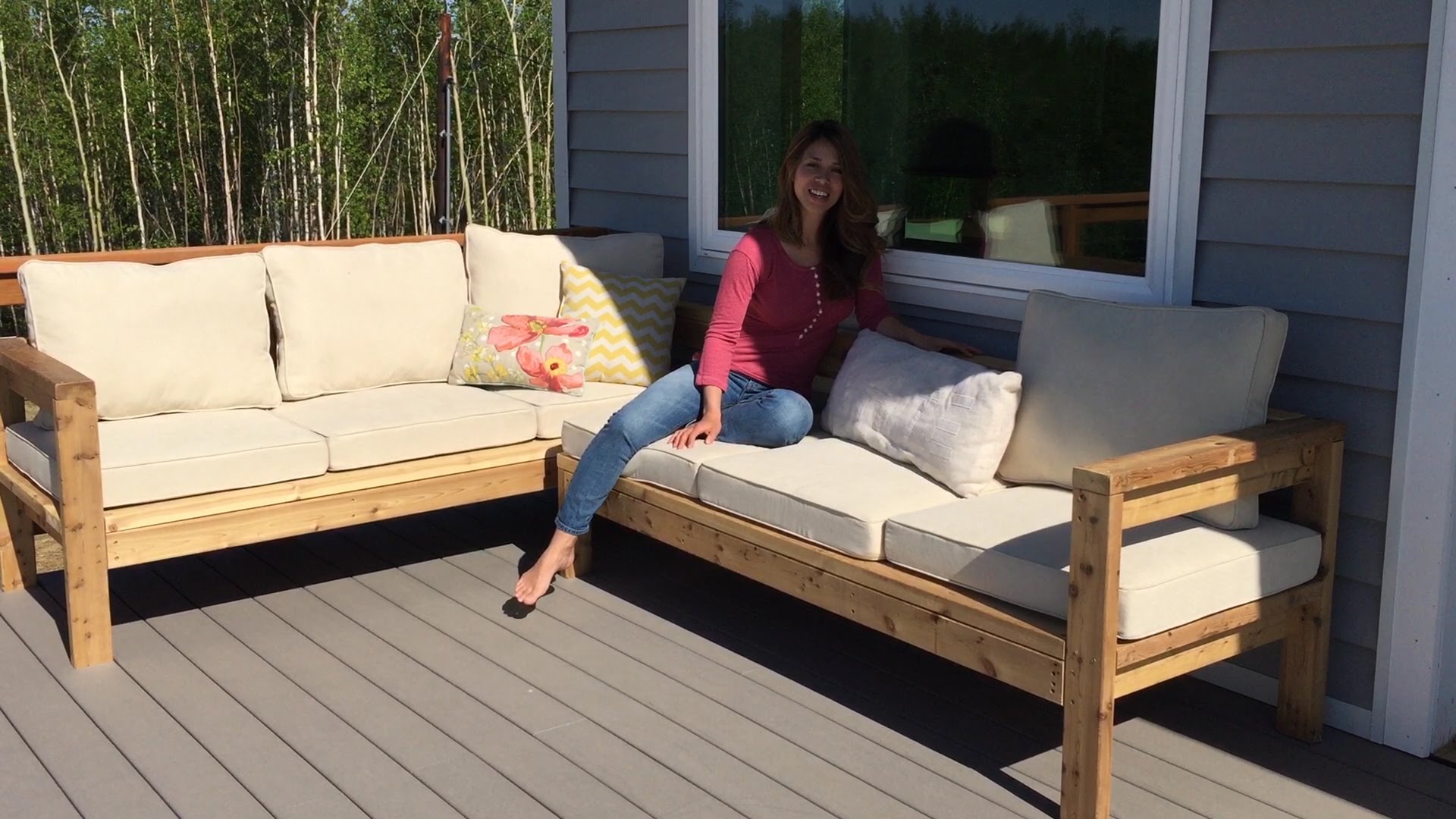
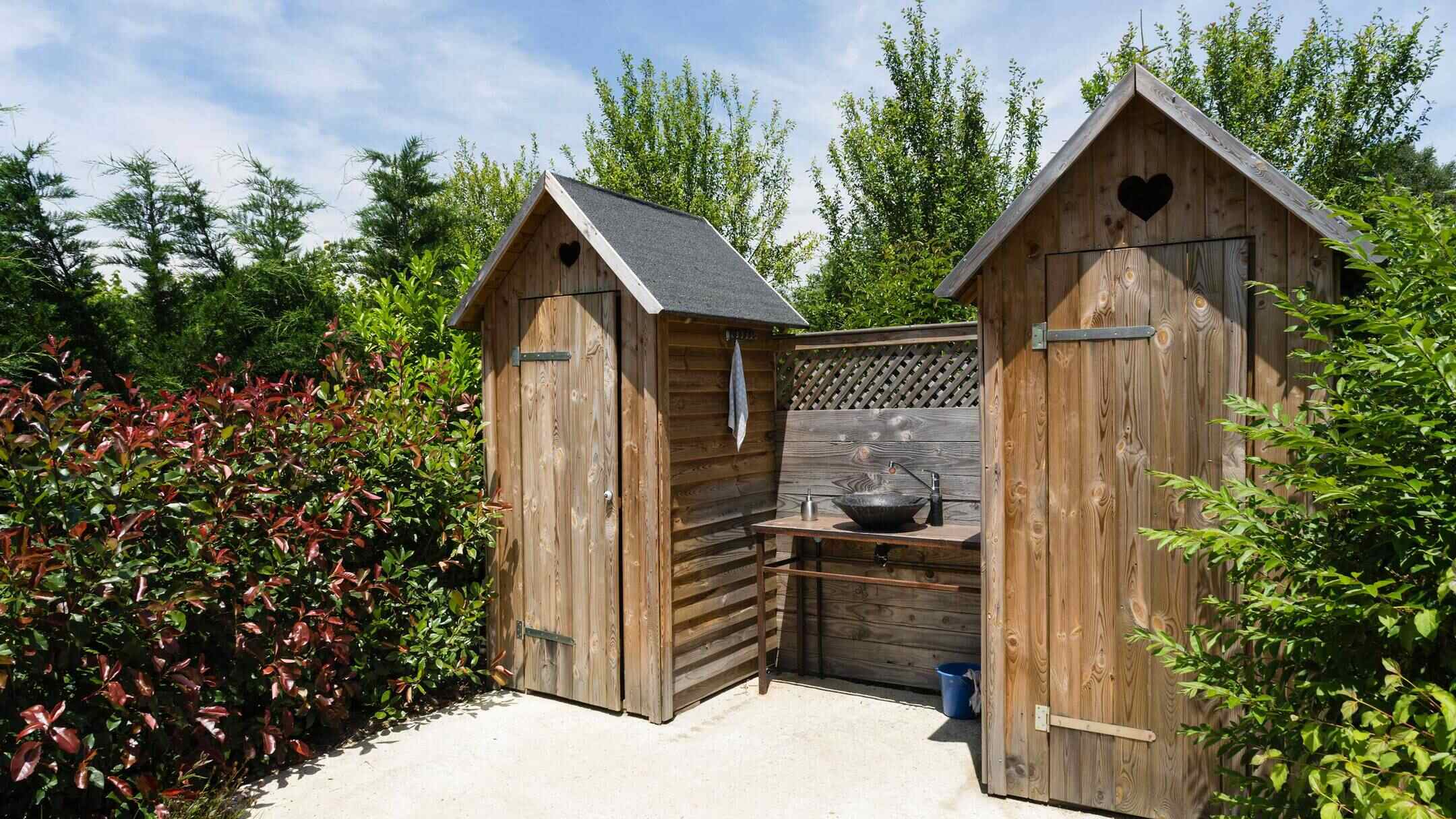

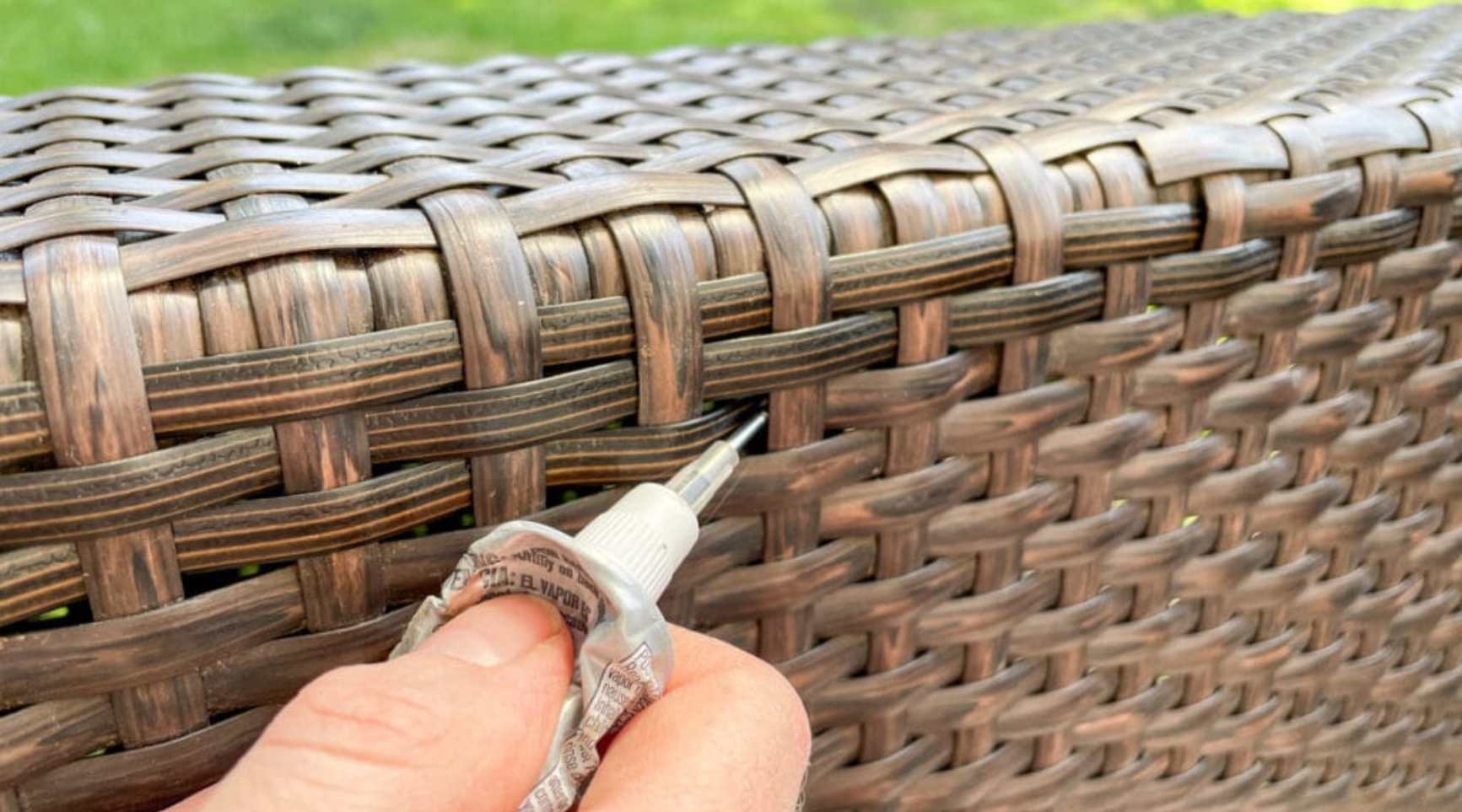
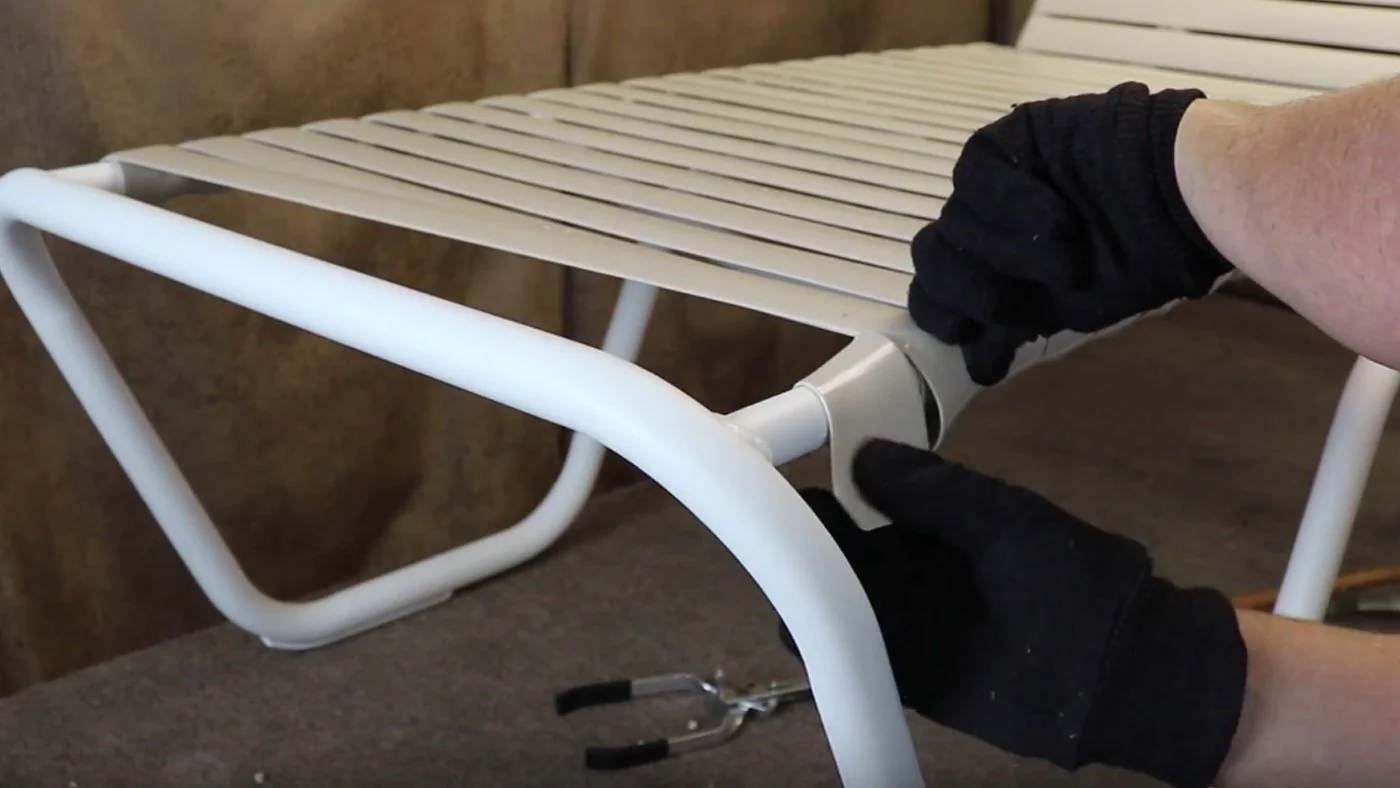
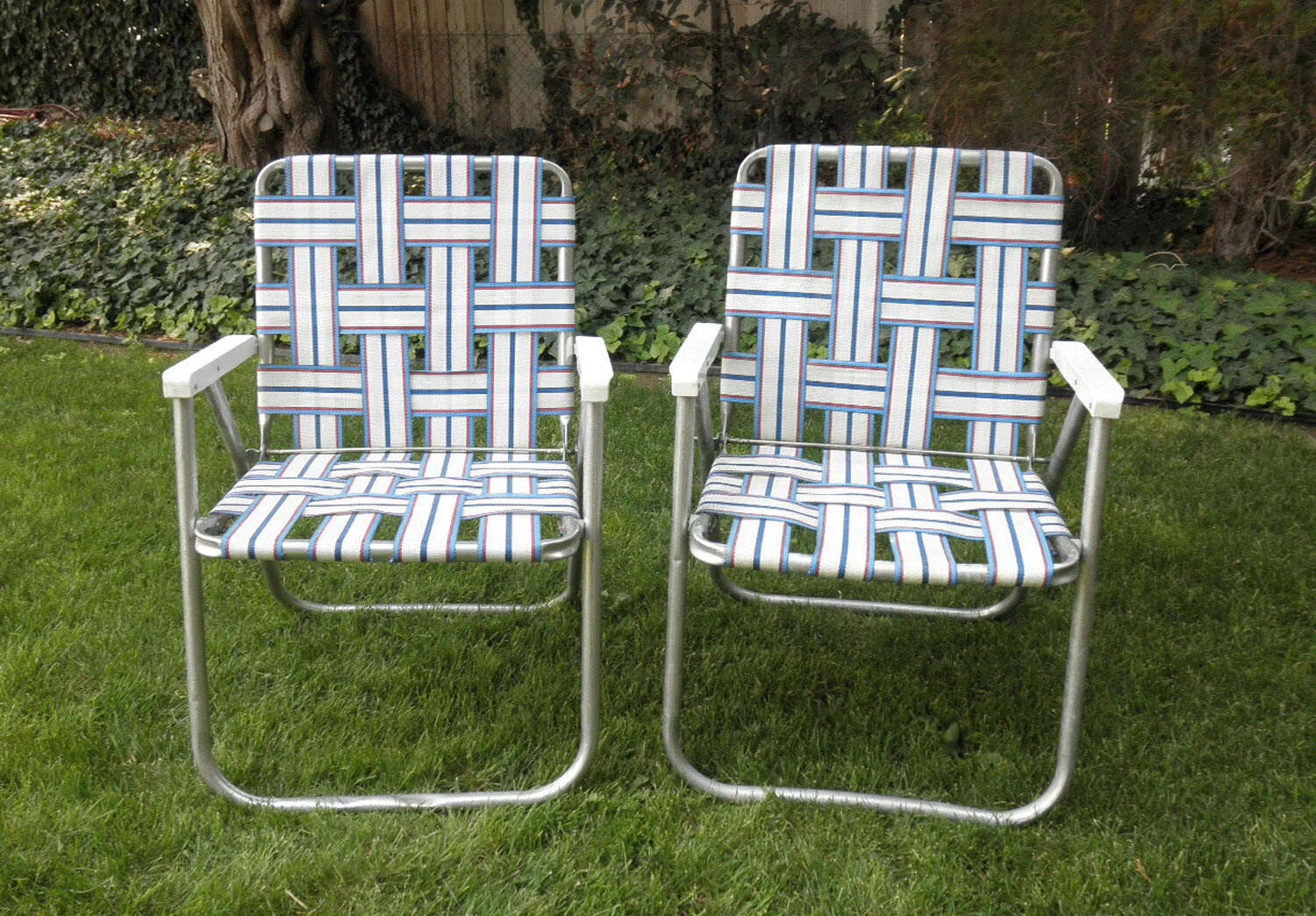
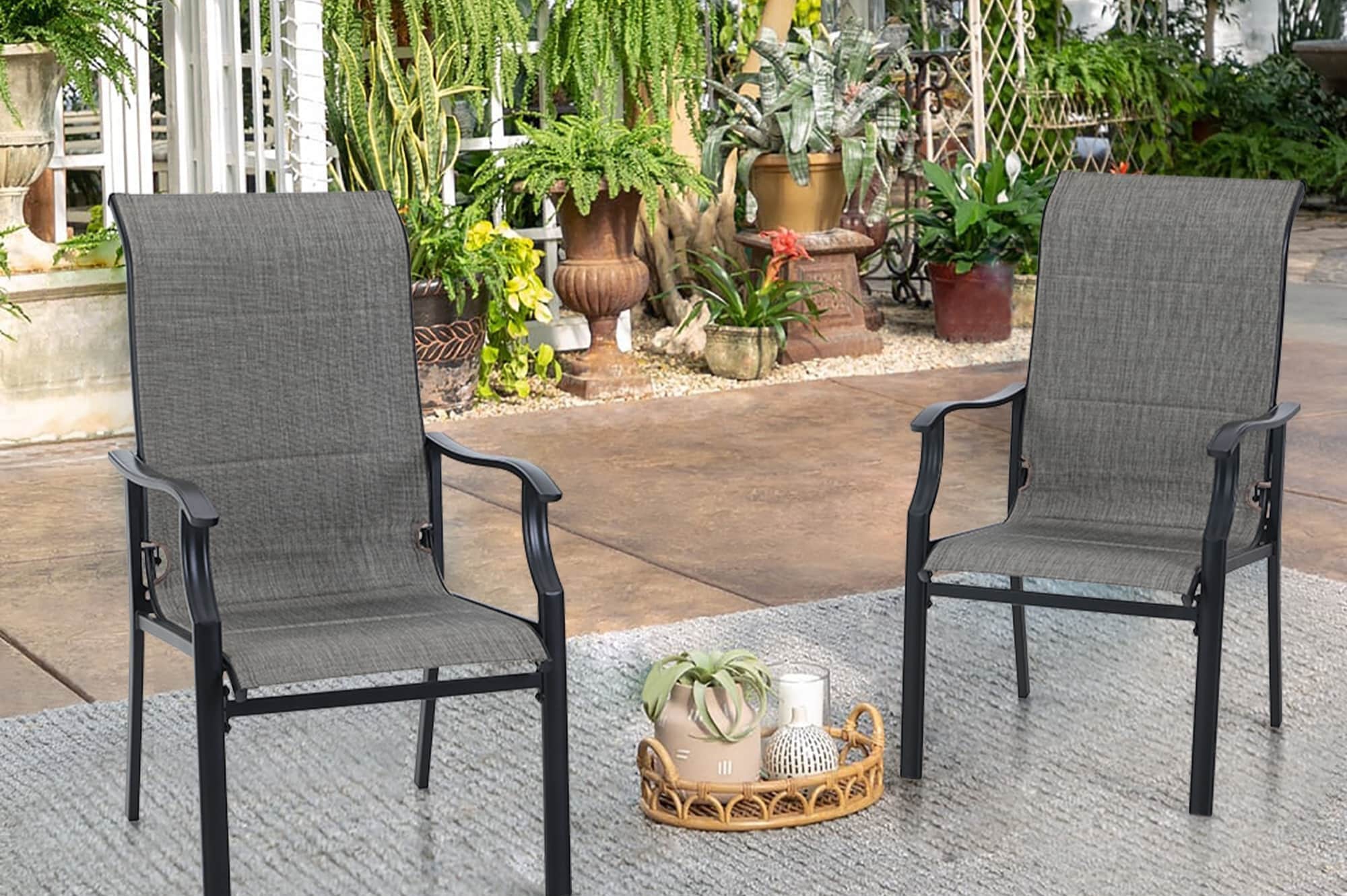
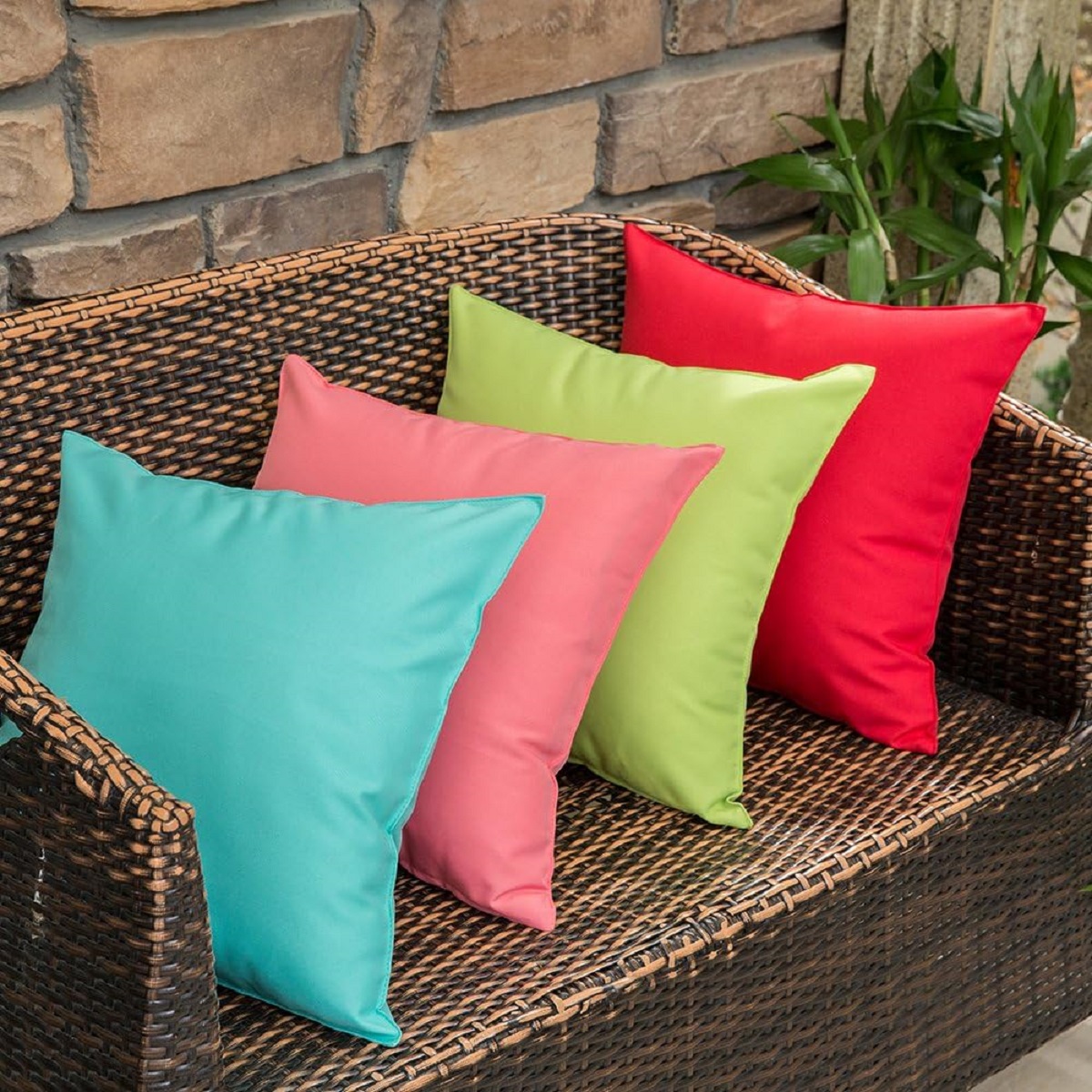
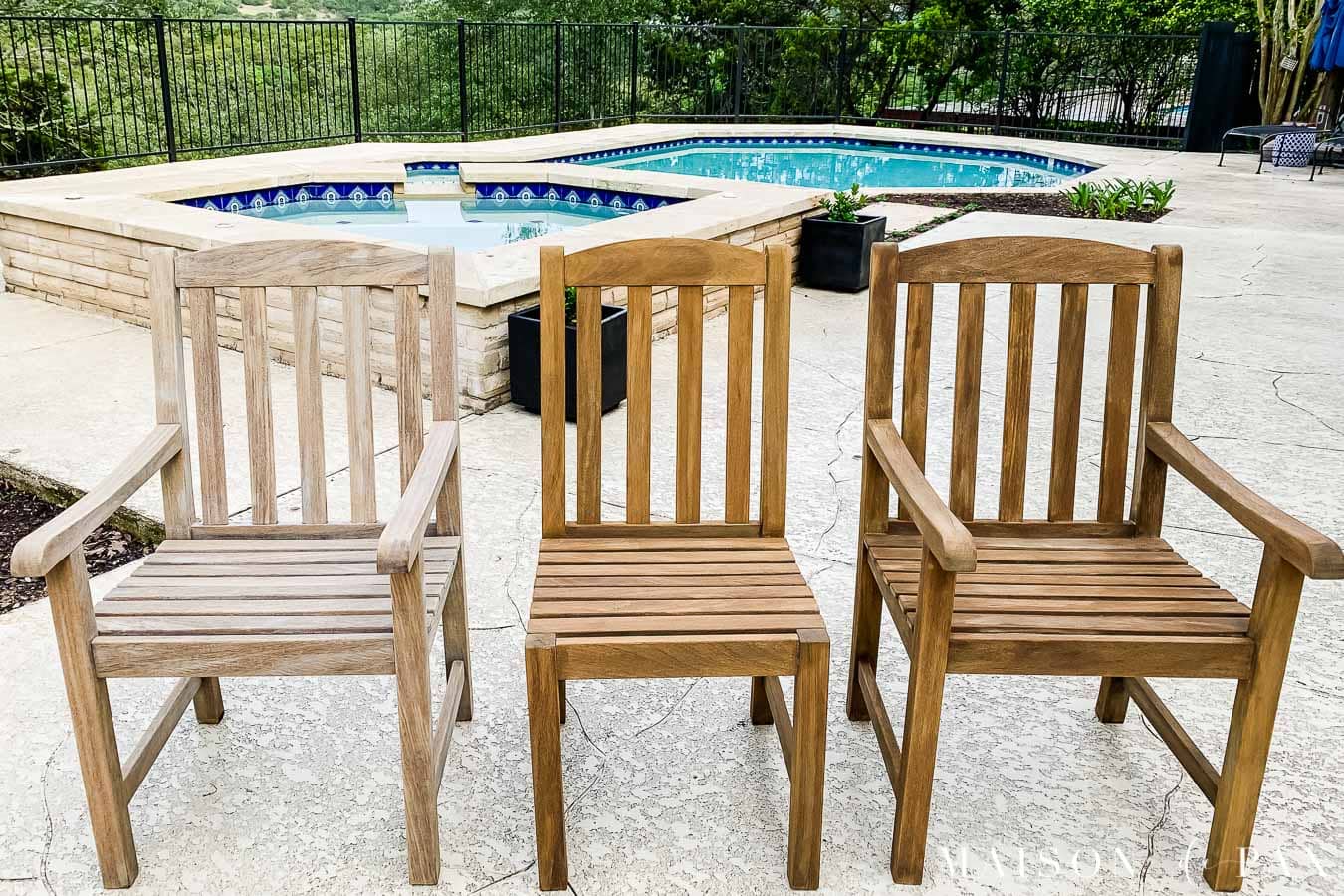
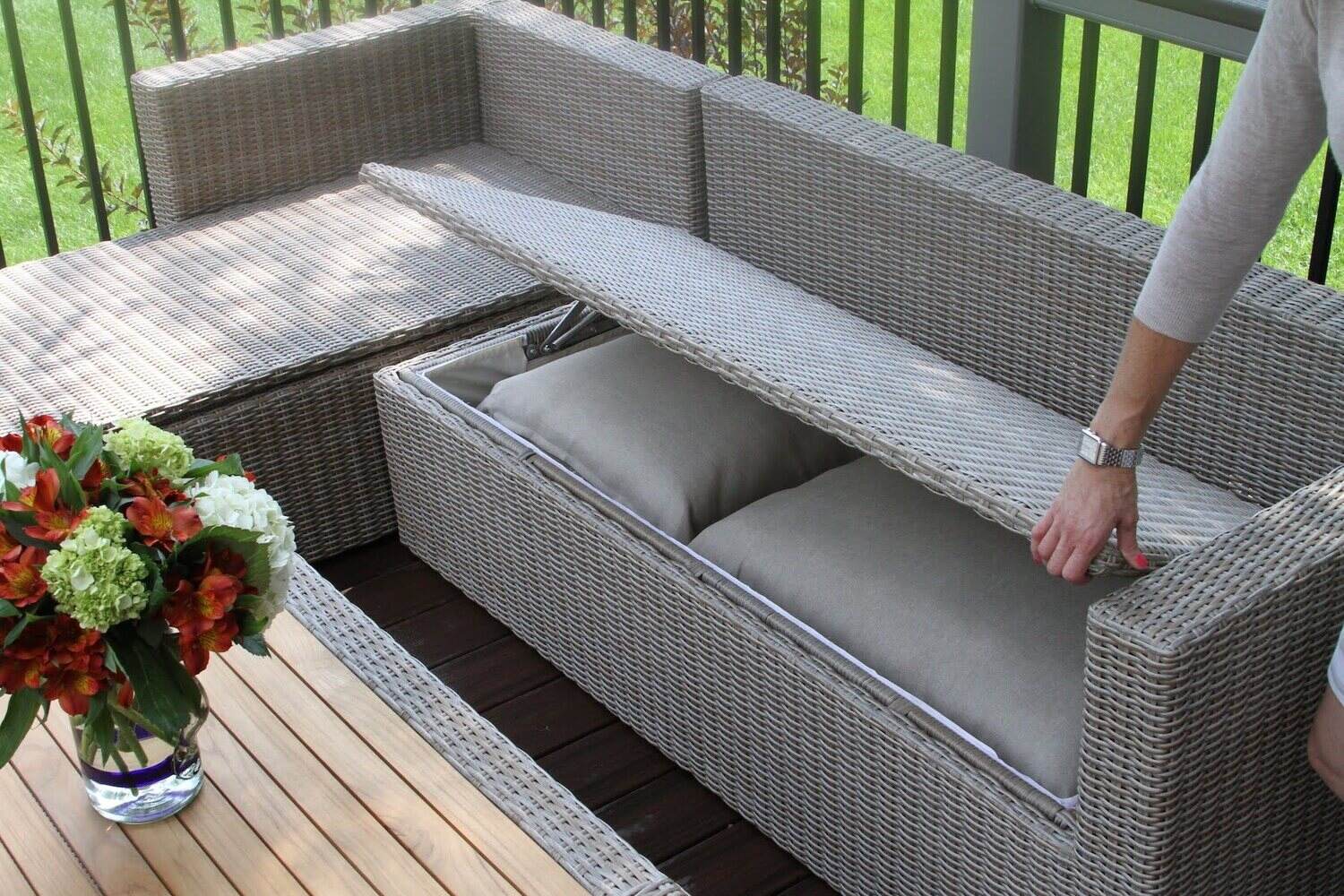

0 thoughts on “How To Build Outdoor Furniture”